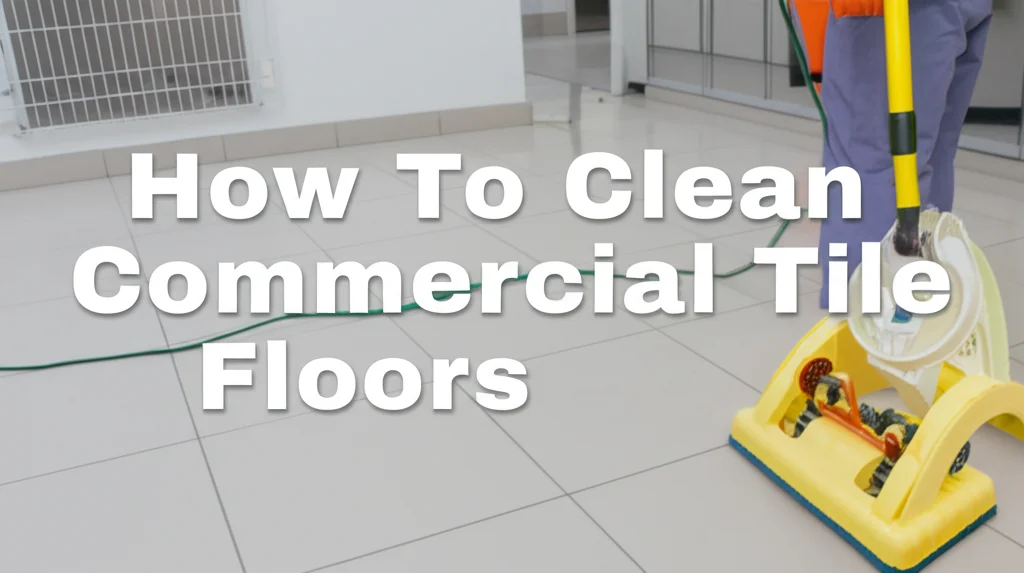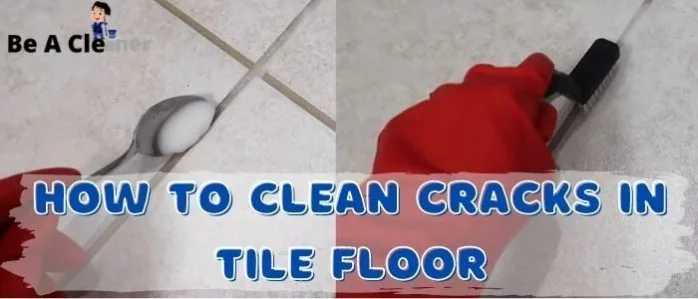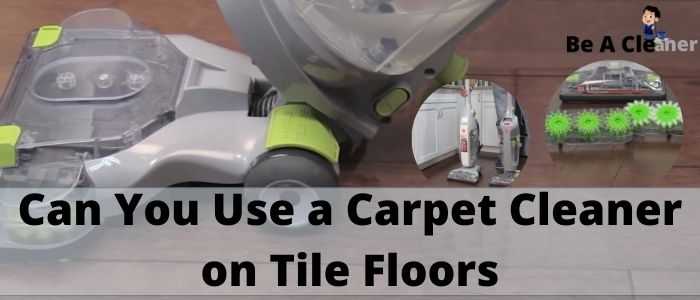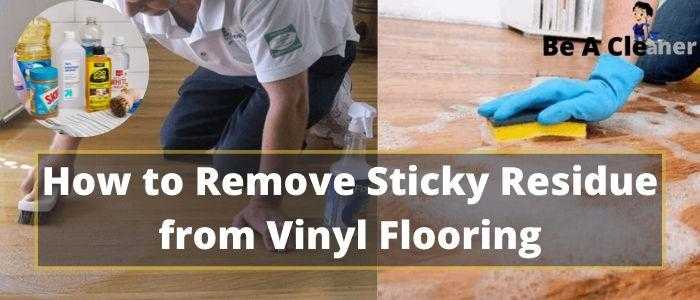· Floor Cleaning · 6 min read
How To Clean Commercial Tile Floors

Keeping Your Business Shining: How To Clean Commercial Tile Floors
Ever walked into a business and immediately noticed the floors? Clean floors create a positive first impression, and for commercial spaces, maintaining that cleanliness is crucial. Commercial tile floors endure a lot – heavy foot traffic, spills, and everything in between. This article will guide you through the best practices for cleaning commercial tile floors, ensuring they stay spotless and welcoming. We’ll cover everything from daily sweeping to deep cleaning techniques, helping you protect your investment and maintain a professional environment. Let’s dive into the details and get your floors looking their best!
Takeaway:
- Sweep or dust mop daily to remove loose debris.
- Mop regularly with a pH-neutral cleaner.
- Deep clean periodically to remove built-up grime.
- Pay attention to grout and address stains promptly.
- Use appropriate floor mats to trap dirt and moisture.
What’s the quickest way to maintain clean commercial tile floors?
Daily sweeping or dust mopping, followed by regular mopping with a pH-neutral cleaner, is the most effective way to maintain clean commercial tile floors. This prevents dirt buildup and keeps the floors looking their best with minimal effort.
1. Understanding Your Commercial Tile
Before you start scrubbing, it’s important to know what kind of tile you’re dealing with. Different tile types require different cleaning approaches. Ignoring this can lead to damage or a less-than-ideal clean. Understanding your tile is the first step to a successful cleaning routine. Here’s a breakdown of common commercial tile types:
Ceramic and Porcelain Tile
These are the most common choices for commercial spaces due to their durability and water resistance. Ceramic tile is more porous than porcelain, meaning it can absorb more water and stains. Porcelain tile is denser and more resistant to wear and tear. Both are relatively easy to clean, but require regular maintenance to prevent grime buildup.
Natural Stone Tile (Granite, Marble, Slate)
Natural stone tiles offer a luxurious look but require more specialized care. These tiles are porous and susceptible to etching from acidic cleaners. Always use pH-neutral cleaners specifically designed for natural stone. Sealing natural stone tiles is also crucial to protect them from stains and damage.
Quarry Tile
Quarry tile is a durable, unglazed tile often used in kitchens and high-traffic areas. It’s known for its rustic appearance and excellent traction. Quarry tile is porous and requires regular sealing to prevent staining. It also benefits from a slightly abrasive cleaner to remove stubborn dirt.
2. Daily & Weekly Maintenance: Preventing Build-Up
Consistent maintenance is the key to keeping your commercial tile floors looking great. A little effort each day prevents the need for extensive deep cleaning later. Think of it like brushing your teeth – regular care is much easier than dealing with major dental problems!
- Daily: Sweep or dust mop to remove loose dirt, dust, and debris. This prevents scratching and keeps the floors looking presentable.
- Weekly: Mop with a pH-neutral tile cleaner. Avoid harsh chemicals like bleach or ammonia, as they can damage the tile and grout. Always follow the manufacturer’s instructions for dilution ratios.
- Entrance Mats: Place mats at entrances to trap dirt and moisture before they reach the tile. Regularly clean or replace these mats.
- Spot Cleaning: Address spills immediately to prevent staining. Use a clean cloth and appropriate cleaner for the type of spill.
3. Choosing the Right Cleaning Solutions
Selecting the right cleaning solution is vital for effective and safe tile floor cleaning. Using the wrong product can cause damage, discoloration, or even create a slippery surface. Let’s explore some options:
- pH-Neutral Cleaners: These are the safest and most versatile option for most tile types. They won’t damage the tile or grout.
- Specialized Tile Cleaners: For natural stone or quarry tile, use cleaners specifically formulated for those materials.
- Avoid Acidic Cleaners: Vinegar, lemon juice, and other acidic cleaners can etch natural stone tiles.
- Dilution is Key: Always follow the manufacturer’s instructions for diluting cleaning solutions. Using too much cleaner can leave a residue.
- Consider Eco-Friendly Options: There are many effective and environmentally friendly tile cleaners available.
4. Deep Cleaning Commercial Tile Floors: A Step-by-Step Guide
Even with regular maintenance, commercial tile floors benefit from periodic deep cleaning. This removes embedded dirt and grime, restoring the tile’s shine. Here’s a step-by-step guide:
- Clear the Area: Remove all furniture, equipment, and obstacles from the floor.
- Sweep or Vacuum: Thoroughly remove loose debris.
- Apply Cleaner: Apply a deep cleaning tile cleaner according to the manufacturer’s instructions.
- Scrub: Use a floor scrubber or a stiff-bristled brush to scrub the tile and grout. Pay extra attention to high-traffic areas and stained spots.
- Rinse: Thoroughly rinse the floor with clean water.
- Dry: Allow the floor to air dry or use a floor fan to speed up the process.
5. Don’t Forget the Grout!
Grout is often the dirtiest part of a tiled floor. It’s porous and easily absorbs stains and grime. Keeping grout clean is essential for maintaining the overall appearance of your commercial tile floors. Here are some tips:
- Grout Brush: Use a stiff-bristled grout brush to scrub the grout lines.
- Grout Cleaner: Apply a grout cleaner specifically designed to remove dirt and stains. You can also find homemade solutions using baking soda and water. Check out https://www.beacleaner.com/what-is-the-best-homemade-tile-grout-cleaner/ for more information.
- Steam Cleaning: Steam cleaning can effectively loosen dirt and grime from grout lines. However, be careful when using steam on natural stone tiles.
- Grout Sealer: Apply a grout sealer to protect the grout from stains and moisture.
6. Preventing Future Dirt & Damage
Proactive measures can significantly reduce the amount of cleaning required. Protecting your investment is just as important as cleaning it. Here are some preventative tips:
- Floor Mats: Use entrance mats to trap dirt and moisture.
- Regular Sweeping/Dust Mopping: Make this a daily habit.
- Spill Response: Clean up spills immediately.
- Protective Coatings: Consider applying a protective coating to the tile to make it more resistant to stains and scratches.
- Foot Traffic Management: In high-traffic areas, consider using runners or other floor coverings to protect the tile.
7. FAQ: Common Questions About Cleaning Commercial Tile Floors
- Can I use bleach on tile floors? Avoid using bleach on most tile types, as it can discolor the tile and grout.
- What’s the best way to remove scuff marks? Try rubbing the scuff mark with a clean tennis ball or a magic eraser.
- How often should I deep clean my tile floors? Deep clean your tile floors every 6-12 months, depending on foot traffic and usage.
- Is steam mopping safe for all tile types? Steam mopping is generally safe for ceramic and porcelain tile, but avoid using it on natural stone tiles unless the manufacturer specifically approves it. You can learn more about steam mopping here: https://www.beacleaner.com/can-you-use-a-steam-mop-on-linoleum/.
Conclusion: Maintaining a Pristine Commercial Space
Cleaning commercial tile floors doesn’t have to be a daunting task. By implementing a consistent maintenance routine, choosing the right cleaning solutions, and addressing spills promptly, you can keep your floors looking their best for years to come. Remember to consider the specific type of tile you have and adjust your cleaning methods accordingly. A clean and well-maintained floor contributes to a positive impression for your customers and a healthier work environment for your employees. Invest in your floors, and they’ll continue to shine! For more expert cleaning advice, explore our other articles at BeaCleaner.com.




